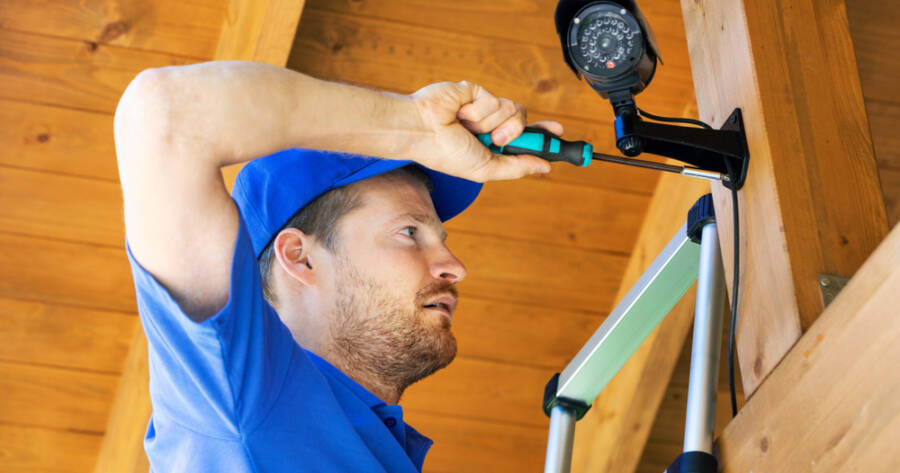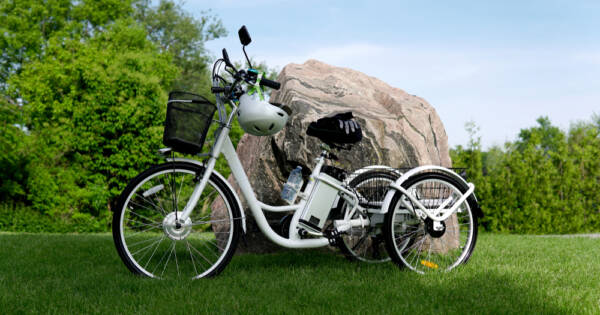Home and business security has never been more important. With the rise of smart security cameras, you can monitor your property in real-time, get instant alerts, and even talk to visitors remotely. Whether you need indoor, outdoor, wireless, or AI-powered cameras, learn how to find the perfect security solution based on video quality, night vision, motion detection, and storage options.
Resolution and Image Quality
Resolution is a fundamental feature that determines the clarity of the images captured by a security camera. High-definition (HD) cameras, such as those with 1080p or 4K resolution, provide clear and detailed images, crucial for identifying faces or license plates. This quality enhances the effectiveness of your surveillance efforts, allowing for accurate monitoring.
Consider the area you wish to cover and the level of detail required. Higher resolution cameras are beneficial for larger spaces or critical areas needing close scrutiny. Investing in quality resolution ensures that your security system captures vital details clearly and reliably.
Night Vision Capabilities
Security doesn’t stop when the sun goes down, making night vision an essential feature for continuous protection. Cameras equipped with infrared LEDs or low-light sensors excel in capturing images in darkness. The range and quality of night vision vary, so assessing your specific needs is important.
Evaluate whether the camera maintains image clarity and definition in low-light settings. Some advanced models offer color night vision, providing even greater detail in the dark. Incorporating night vision capabilities into your security system ensures round-the-clock vigilance and enhanced safety.
Connectivity and Integration
Modern security cameras often offer connectivity options that enhance functionality and convenience. Wireless cameras allow for flexible placement, avoiding the constraints of hardwired connections. Wi-Fi enabled cameras provide remote access via smartphone apps, enabling real-time monitoring from anywhere.
Consider whether you require integration with smart home systems, which can centralize control and streamline management. Connectivity features like cloud storage or alerts increase awareness and responsiveness. Ensuring seamless integration and connectivity options supports an efficient and effective surveillance system.
Motion Detection and Alerts
Motion detection is a vital feature that automatically captures activity and minimizes continuous recording demands. Cameras with adjustable sensitivity settings reduce false alarms triggered by pets or weather. Customized detection zones focus surveillance on specific areas of interest, enhancing precision.
Real-time alerts sent to your device keep you informed of any detected movement, enabling quick responses. Ensuring that your camera offers reliable motion detection and customizable alerts maximizes security and efficiency. This technology adapts surveillance efforts to suit your needs and preferences.
Weatherproofing and Durability
If your security camera is intended for outdoor use, weatherproofing is a crucial consideration. Cameras with an Ingress Protection (IP) rating indicate resistance to dust and water, making them suitable for outdoor conditions. Durable materials also ensure that the camera withstands temperature fluctuations and physical wear.
Understanding the environmental conditions your camera will face informs decisions about necessary protection levels. Choosing a camera that combines durability with reliable performance safeguards your investment and ensures ongoing robustness. Durable and weatherproof cameras provide consistent and reliable outdoor surveillance.
Field of View
The field of view determines the area covered by the security camera, impacting the number of cameras required for comprehensive surveillance. Wide-angle lenses allow for broader coverage, making them ideal for large areas like driveways or yards. Narrow fields concentrate on specific zones, providing greater detail and focus.
Assess your specific surveillance needs to determine the appropriate field of view for each camera. By strategically placing cameras with optimal coverage, you enhance security without unnecessary overlap or missed areas. Thoughtfully selecting the field of view optimizes your security system’s efficiency.
Ease of Installation and Use
Ease of installation and user-friendly operation are important factors that affect your experience with security cameras. Wireless models often offer simpler setup without needing extensive wiring or mounting. Consider whether the camera system provides intuitive controls, easy-to-navigate interfaces, and clear guidance.
Manufacturers sometimes include instructional materials or customer support to assist with installation challenges. Evaluating ease of use and installation ensures that security integration aligns with your capabilities and expectations. A straightforward setup process fosters a positive and effective security experience.
Invest in Peace of Mind
Choosing the right security camera involves evaluating key features like resolution, night vision, connectivity, and durability. Understanding these elements enables you to tailor your system to your specific needs, enhancing protection and convenience.
By ensuring proper motion detection, weatherproofing, and ease of use, you create a surveillance system that supports safety and peace of mind. Thoughtful consideration and strategic selection guide successful investments in security, empowering you to protect what matters most.




